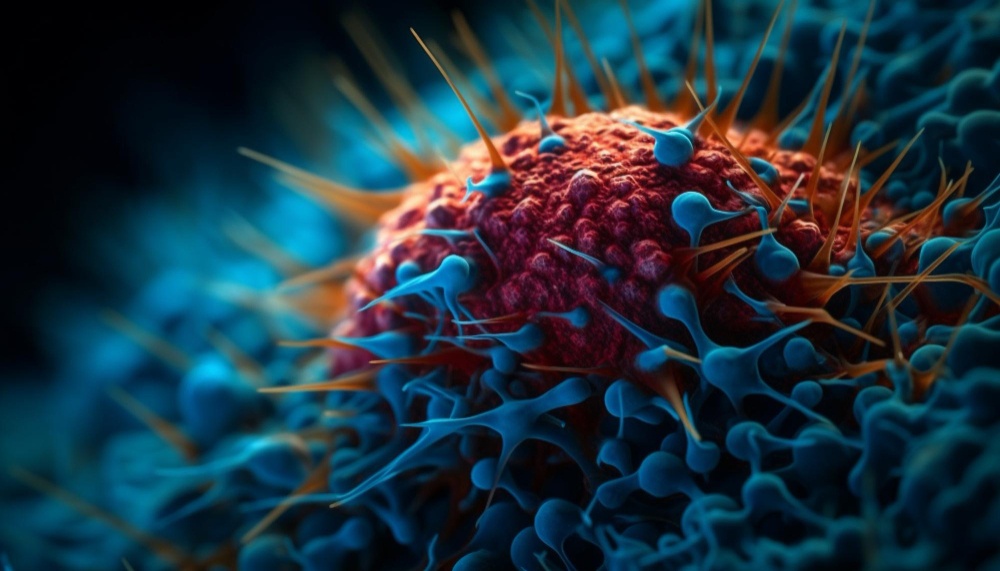Pompe disease is a rare, inherited disorder caused by the deficiency of an enzyme called acid alpha-glucosidase (GAA), which is essential for breaking down glycogen in the body. This results in the accumulation of glycogen in various tissues, particularly the muscles, leading to progressive muscle weakness, respiratory difficulties, and in severe cases, heart failure. While there have been significant advancements in the Pompe disease therapy, challenges remain in improving treatment outcomes and providing more accessible options for patients.
Advances in Pompe Disease Treatment
The introduction of Enzyme Replacement Therapy (ERT) marked a significant breakthrough in the treatment of Pompe disease. ERT involves the administration of recombinant GAA to replace the deficient enzyme and help break down accumulated glycogen. Drugs such as alglucosidase alfa (Myozyme) have become the standard treatment for Pompe disease, helping to improve muscle function and survival rates, particularly in infants and children with the more severe form of the disease.
Moreover, recent advancements in gene therapy and small molecule therapies are showing promise in the Pompe disease pipeline. Gene therapy aims to deliver functional copies of the GAA gene directly to the patient’s cells, potentially offering a more lasting and effective solution. Clinical trials are underway to evaluate the safety and efficacy of these novel treatments, with some showing positive results in improving enzyme levels and reversing symptoms.
Challenges in Pompe Disease Treatment
Despite the progress, several challenges persist in the management of Pompe disease:
-
Late Diagnosis: Pompe disease often goes undiagnosed for years due to its rarity and the slow progression of symptoms, particularly in the infantile form. Early detection is crucial to initiate treatment before significant muscle damage occurs, but there is still a lack of widespread screening programs.
-
Limited Access to Treatment: Although ERT has improved patient outcomes, it is not a cure. The high cost of enzyme replacement therapy, along with the need for lifelong infusions, limits access to treatment in many parts of the world. Additionally, some patients may develop an immune response to the enzyme, making the treatment less effective over time.
-
Efficacy and Long-term Outcomes: While ERT can alleviate some symptoms, it does not reverse all aspects of the disease. Long-term efficacy is still a concern, particularly in older patients or those with late-onset Pompe disease, where muscle weakness and respiratory problems may not be fully addressed by current treatments.
The Pompe Disease Pipeline: Hope for Better Therapies
The Pompe disease pipeline is actively evolving, with several promising therapies in development. These include:
-
Gene Therapy: Gene therapy holds the potential to provide a one-time treatment that addresses the root cause of Pompe disease by delivering a functional GAA gene directly to the patient’s cells. Early-stage clinical trials have shown promising results, and ongoing research is focused on optimizing delivery systems and ensuring long-term effectiveness.
-
Small Molecule Therapies: Some small molecules aim to increase the production or activity of the deficient enzyme in patients. These treatments may be able to complement or enhance the effects of ERT, particularly for those with late-onset Pompe disease.
-
Chaperone Therapy: This approach involves the use of small molecules that help stabilize the misfolded GAA enzyme, improving its function and facilitating its transport to the lysosomes. Early trials of chaperone therapy have shown potential in enhancing the effects of ERT.
Looking Ahead: The Future of Pompe Disease Therapy
The future of Pompe disease therapy lies in continued innovation. While ERT remains the cornerstone of treatment, the development of gene therapy, small molecules, and combination therapies offers hope for more effective and accessible treatment options. Moreover, advancements in newborn screening and early diagnosis will ensure that patients receive treatment at the earliest possible stage, improving outcomes and reducing disease progression.
However, significant challenges remain, particularly in terms of ensuring access to care, improving treatment efficacy, and finding a true cure. As the Pompe disease pipeline continues to evolve, the hope for better therapies grows stronger, with the potential to dramatically improve the lives of those affected by this debilitating condition.
Conclusion
The landscape of Pompe disease treatments has evolved significantly over the past few decades, with Enzyme Replacement Therapy (ERT) being a major milestone. However, the search for more effective and accessible treatments continues. With ongoing research and promising therapies in the Pompe disease pipeline, the future of Pompe disease therapy is bright, offering hope for better outcomes and a potential cure. As advancements in gene therapy, small molecule drugs, and chaperone therapy progress, there is a real possibility of transforming the lives of patients suffering from this rare and devastating disease.
Latest Reports Offered By DelveInsight:
celebrix generic | cheetah hemodynamic monitoring | central nervous system market | daybue side effects | giant cell arteritis treatments | medical automation systems | samsung delve | avedro glaukos | digital therapeutics examples | marstacimab fda approval | explain how neuroprosthetic devices work | novartis roche | levo therapeutics | hereditary transthyretin mediated amyloidosis | olokizumab | snorring device | moa inhibitors | tenapanor fda approval | is lybalvi a controlled substance | define geographic atrophy | cure for myositis | dff332 | xtandi indication | oculus health | which is the best ai app for android | biobrace conmed | savara news | incidence of dmd | jak inhibitor list | john cunningham virus symptoms | axiron generic | ulcerative colitis blog | buerger's disease treatment guidelines

